The American Southwest is a land of otherworldly beauty, where nature’s artistry has sculpted breathtaking landscapes over millions of years. One such remarkable journey took me from the awe-inspiring Zion National Park to the mystical realm of Bryce Canyon. This adventure was a rendezvous with the surreal, a pilgrimage to the heart of the wild, and an exploration of geological wonders that would forever etch their memory into my soul.
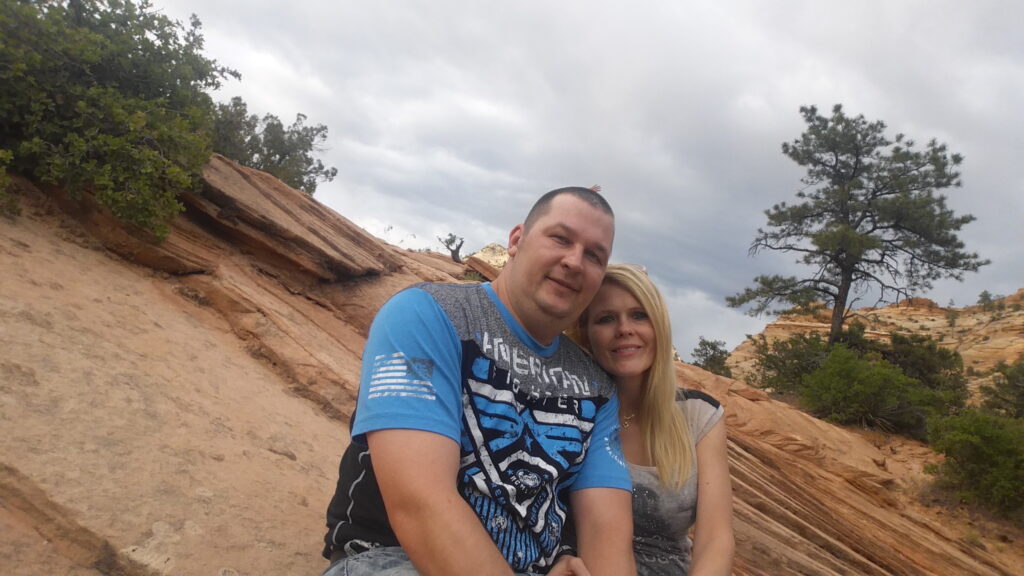
Zion National Park: A Canyon of Majesty
My journey commenced at Zion National Park, a realm of sublime grandeur that beckoned me with open arms. As I entered the park, the towering sandstone cliffs, meticulously etched by the passage of eons, loomed overhead in all their majestic glory. These colossal cliffs, adorned in various shades of red and orange, appeared to reach for the skies, casting a profound shadow over the landscape.
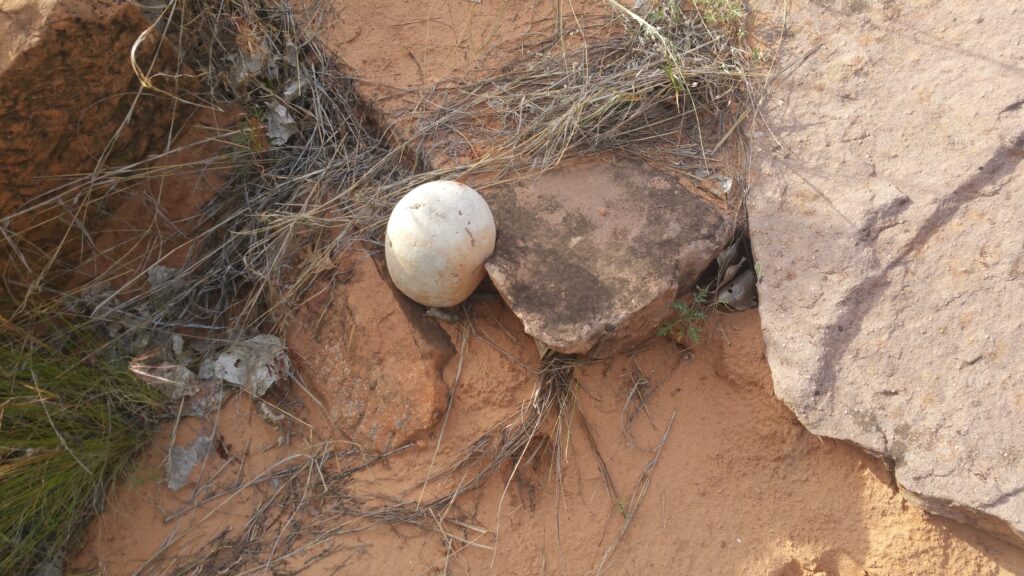
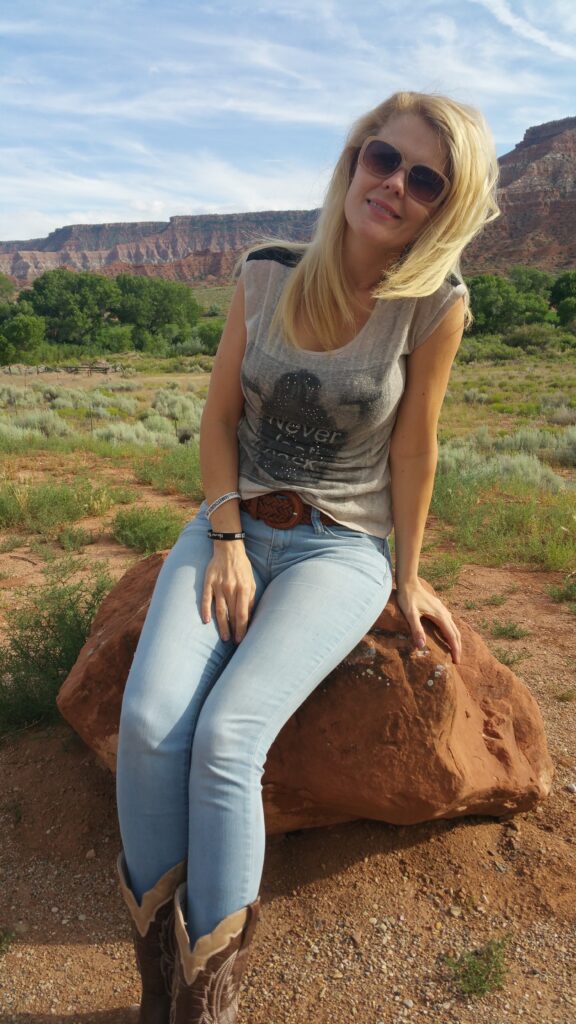
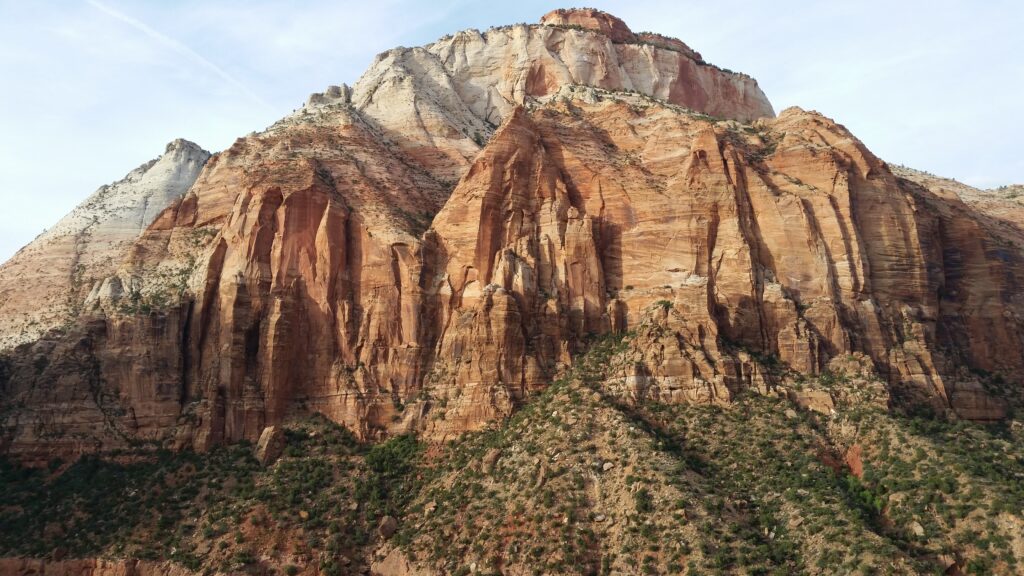
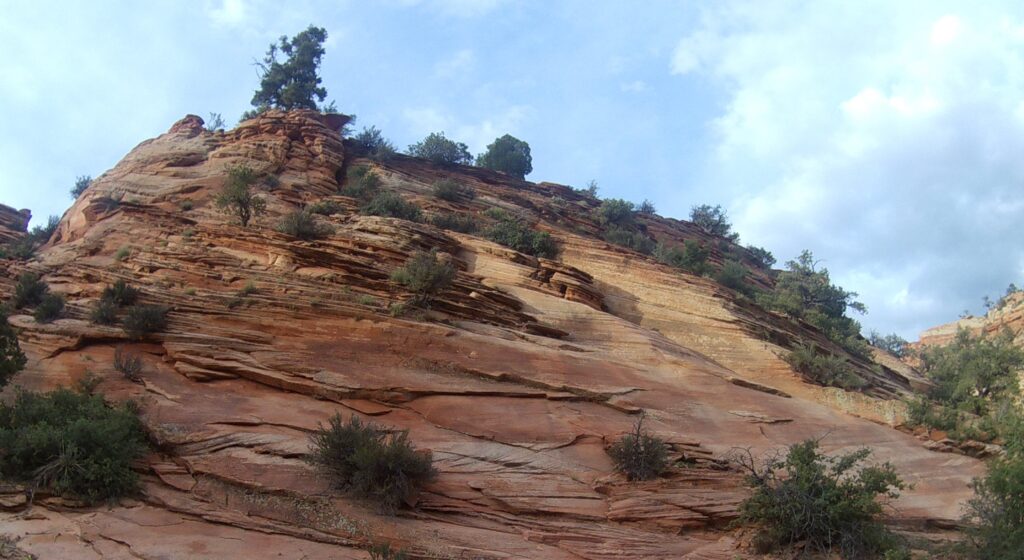
Zion National Park is located in the southwestern part of the United States, primarily in the state of Utah. It sits in the southwestern corner of Utah, near the border with the state of Arizona. Zion National Park is famous for its dramatic red rock canyons., lush vegetation, and the stunning Zion Canyon carved by the Virgin River. It is a popular destination for outdoor enthusiasts and nature lovers, offering hiking, rock climbing, and opportunities to explore its remarkable landscapes.
The heart of Zion, its renowned Zion Canyon, unfurled before me in a mesmerizing display that defied adequate description. Flanked by the sheer, nearly vertical, red rock walls, the canyon stood as a testament to nature’s artistry, a breathtaking creation that left me in awe. As the first rays of the early morning sun kissed the monolithic structures, they seemed to come alive in a radiant, warm, golden light, unveiling the intricate details of the rock formations. The interplay of sunlight and shadow on the cliff faces created a dynamic canvas, where the hues of red and orange danced in harmonious contrast. It was in this exquisite play of light and shadow that I witnessed the sculpted beauty of the Southwest in its purest form, a masterpiece forged over millions of years by the hands of time and the forces of nature. Each crevice, every fissure, and the graceful arches etched into the rock walls told a story of geological wonder, an epic narrative of the Earth’s enduring transformation. The canyon itself seemed to whisper these tales, its ancient stones echoing the secrets of the ages, inviting me to immerse myself in the profound beauty of this natural wonder.
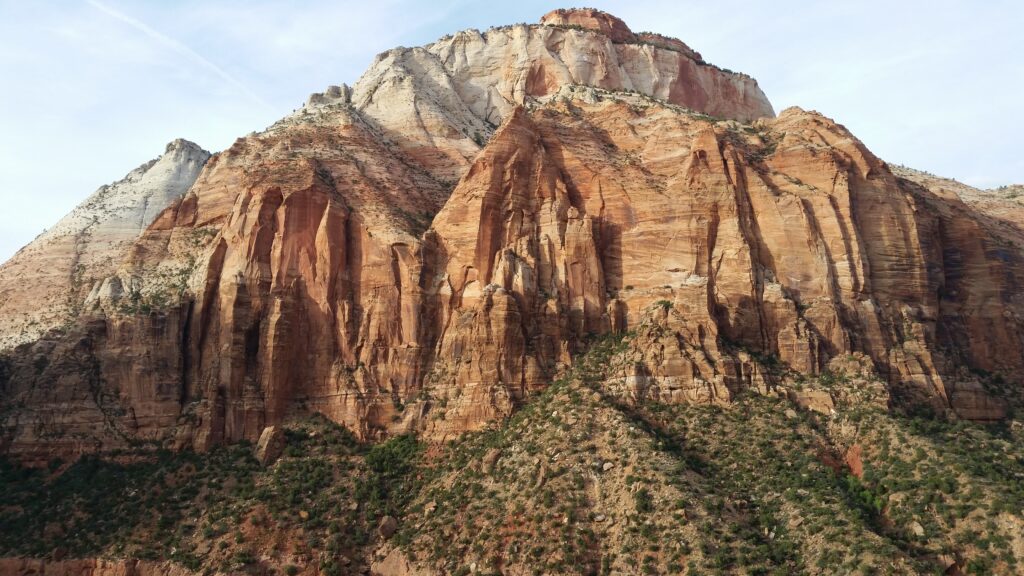
Venturing deeper into the canyon, the echoing silence occasionally gave way to the gentle rustling of cottonwood leaves in the breeze and the earthy fragrance of sagebrush. Every bend in the trail revealed a new vista, offering a fresh perspective on this geological marvel. The ethereal beauty of Weeping Rock, the breathtaking heights of Angels Landing, and the serene allure of the Emerald Pools all added to the rich tapestry of experiences that Zion National Park had to offer.
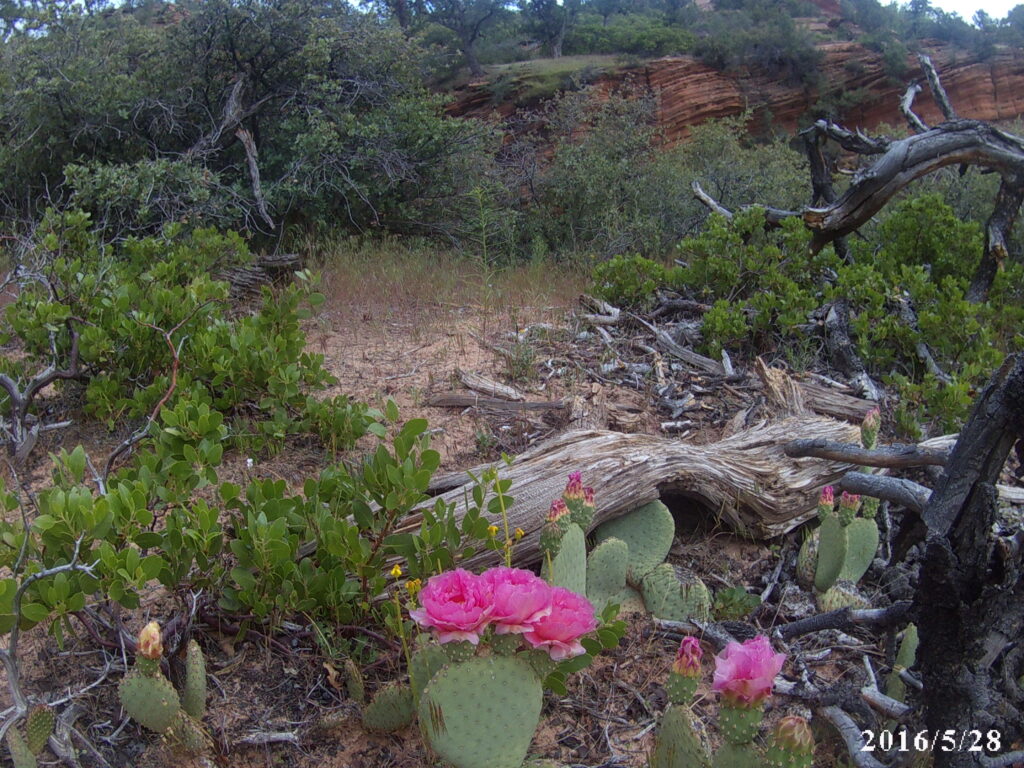
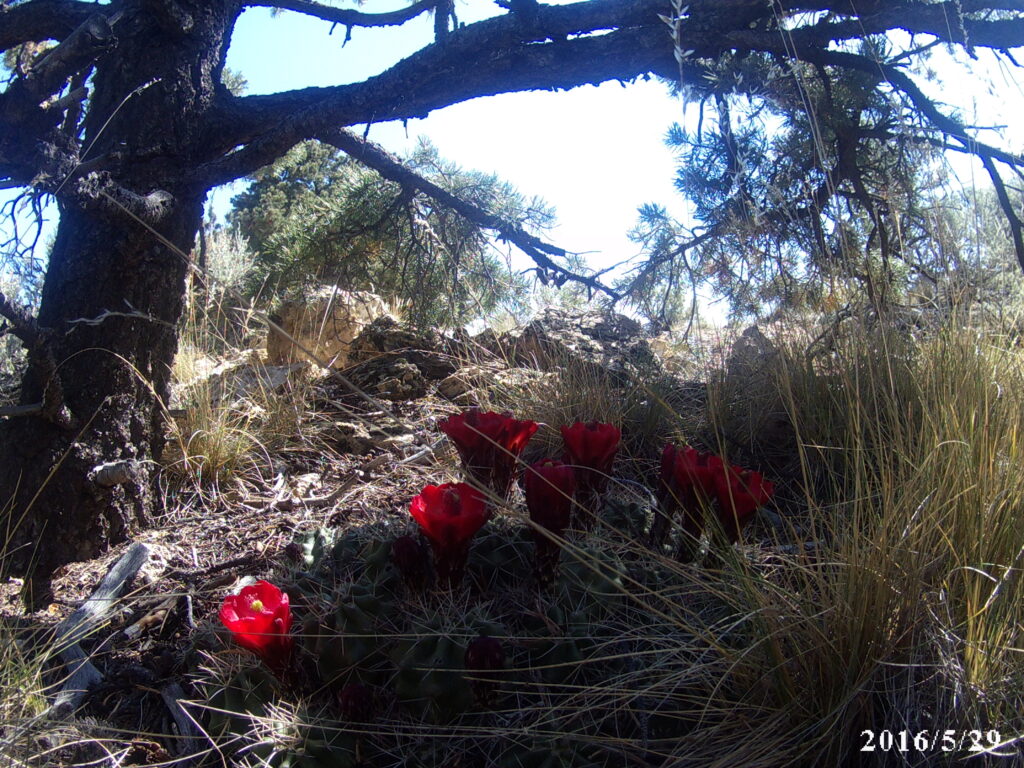
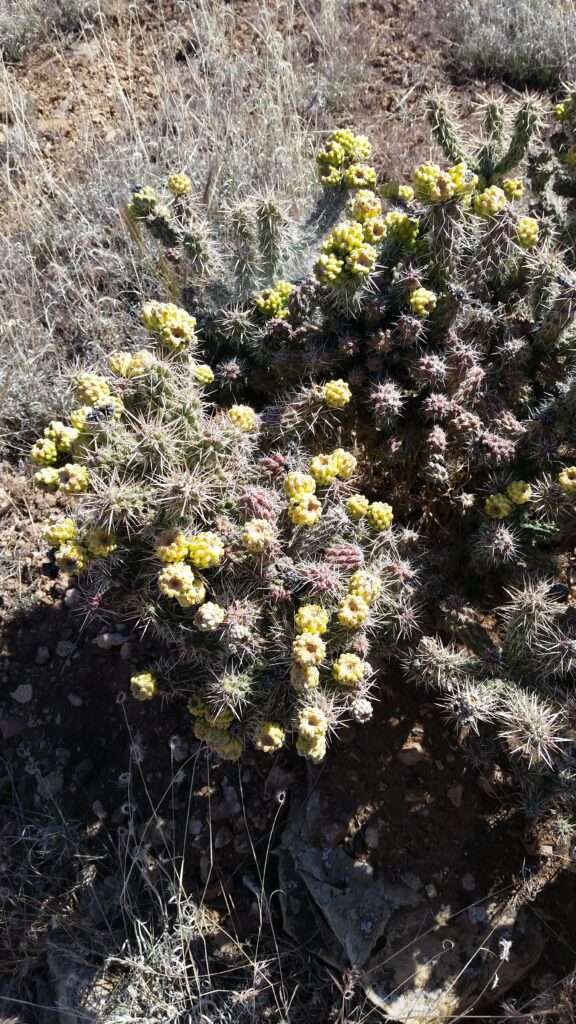
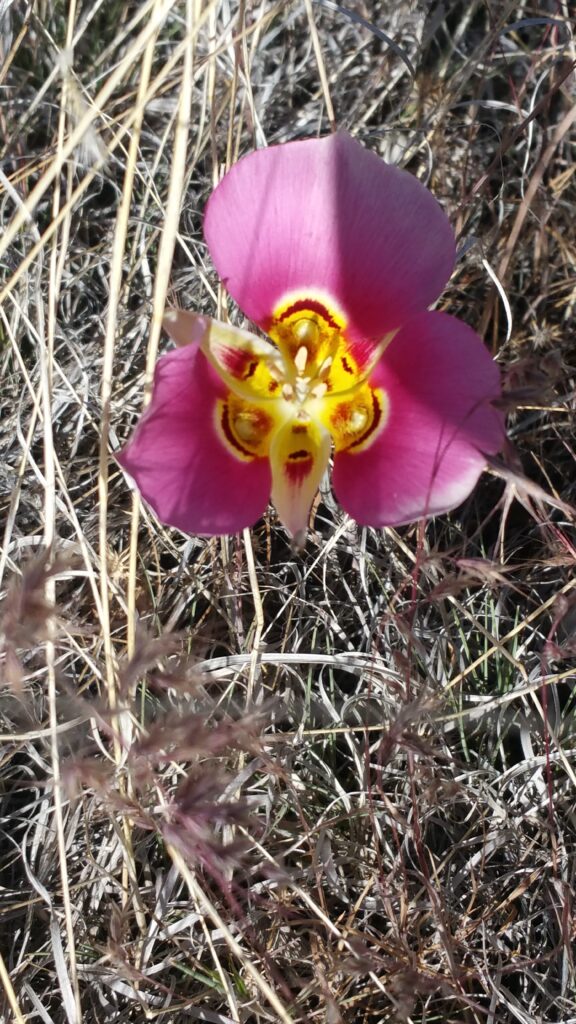
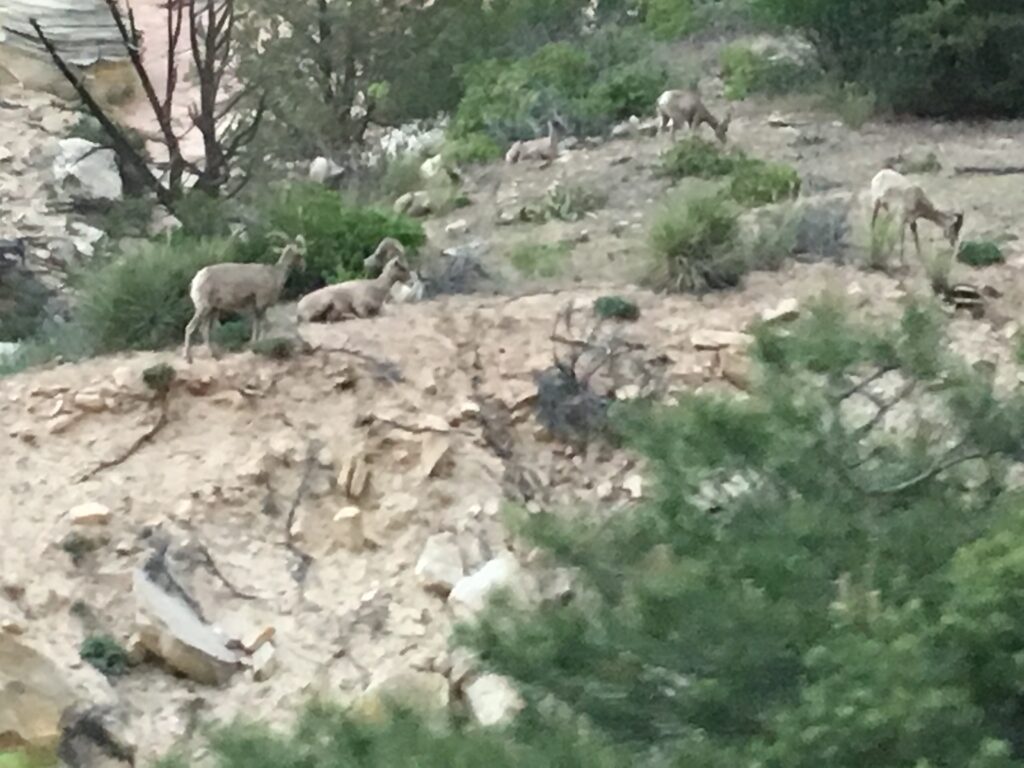
Amidst this geological wonderland, Zion National Park revealed yet another layer of its enchantment—the vibrant tapestry of wildlife and wildflowers that harmoniously coexisted with the dramatic landscapes. Seeing mule deer gently navigating the terrain or glimpsing vibrant Indian paintbrush and delicate columbine flowers was a common occurrence. These majestic creatures seemed to embody the spirit of the wilderness, evoking a sense of reverence for the natural world.
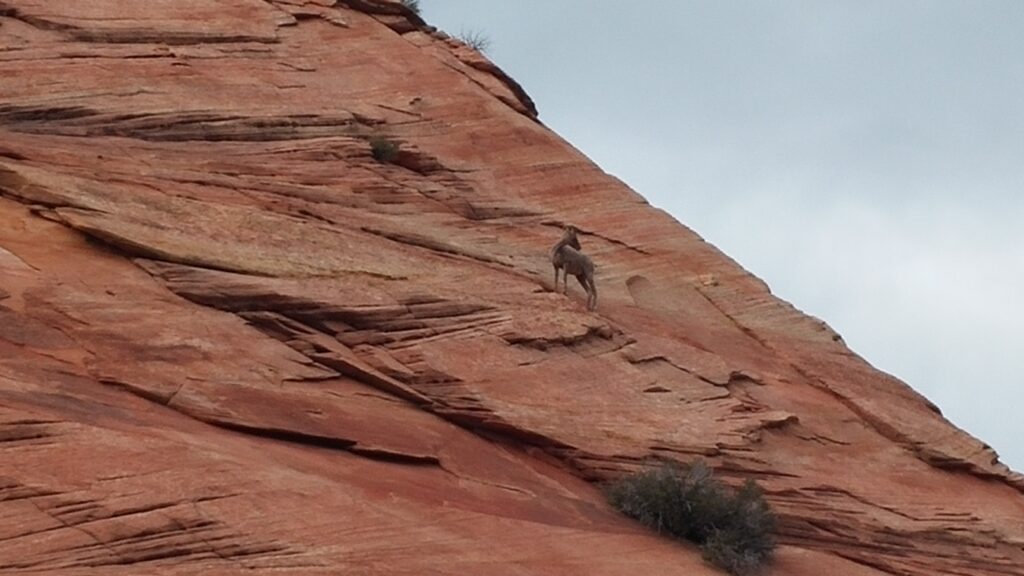
Adding to the park’s allure were the wildflowers, a vivid expression of nature’s artistry. Among the rugged rocks and arid terrain, the land came alive with splashes of color. The vibrant Indian paintbrush, with its striking crimson hue, created a striking contrast against the backdrop of red sandstone. Delicate columbine flowers, resembling nature’s own chandeliers, swayed gently in the breeze, casting a serene spell over the landscape.
These wild inhabitants of Zion National Park were a reminder that life thrived even in the harshest of environments, and their presence added a dynamic layer to the park’s captivating beauty. It felt like the geological marvels interwove with the very essence of life and vitality, forming a rich and harmonious symphony of existence. Within this enchanting domain, where the sculpted rock formations and the delicate wildflowers danced together, I found myself humbled by the profound interconnectedness of all living things. Zion National Park was not just a place of grandeur and geological wonders; it was a sanctuary where the splendor of nature unfolded in all its dimensions, offering a poignant reminder of the importance of preserving and cherishing the natural world. Zion National Park, with its towering cliffs, vibrant wildflowers, and captivating wildlife, celebrated the artistry of nature on an epic scale. It extended an invitation for a journey through time, offered the opportunity to witness the enduring masterpiece of the Earth itself, and offered an opportunity to experience humility by the grandeur of the natural world.
Bryce Canyon: A Fantasyland of Hoodoos
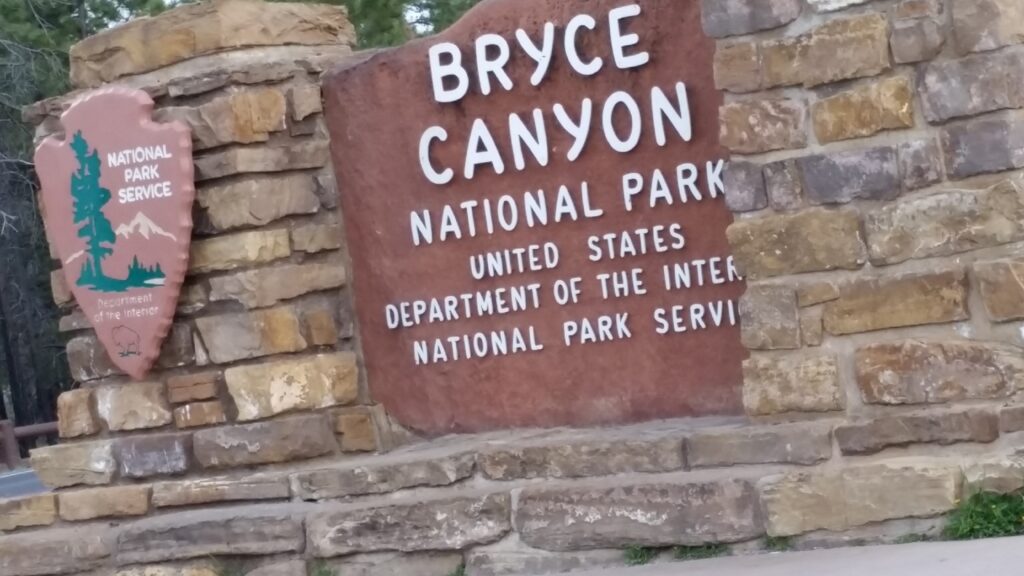
Leaving the enchanting embrace of Zion behind, my journey led me to the surreal landscapes of Bryce Canyon National Park—a place that, upon arrival, felt more like a vivid dream than reality itself. Here, nature had unleashed its most whimsical and artistic forces, creating a realm that defied the ordinary and surpassed the extraordinary.
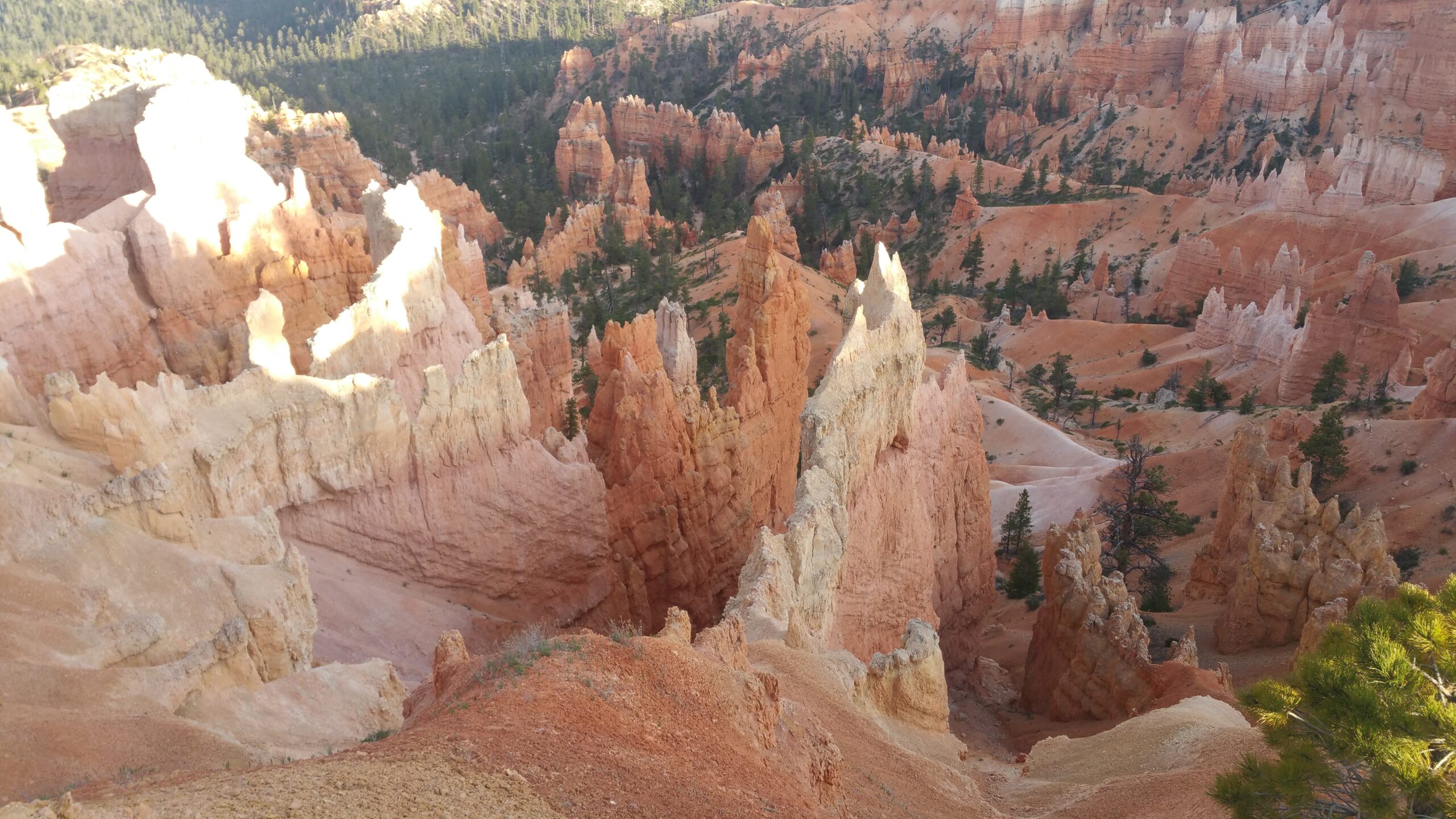
Bryce Canyon National Park is located in the southwestern part of the United States, specifically in the state of Utah. Located in the southern region of Utah, not far from the border with the state of Arizona. The park is part of the Colorado Plateau, a vast and unique geological region known for its striking rock formations and canyons. Bryce Canyon is renowned for its surreal hoodoos, which are intricate rock spires and formations that make it a popular destination for visitors and nature enthusiasts.
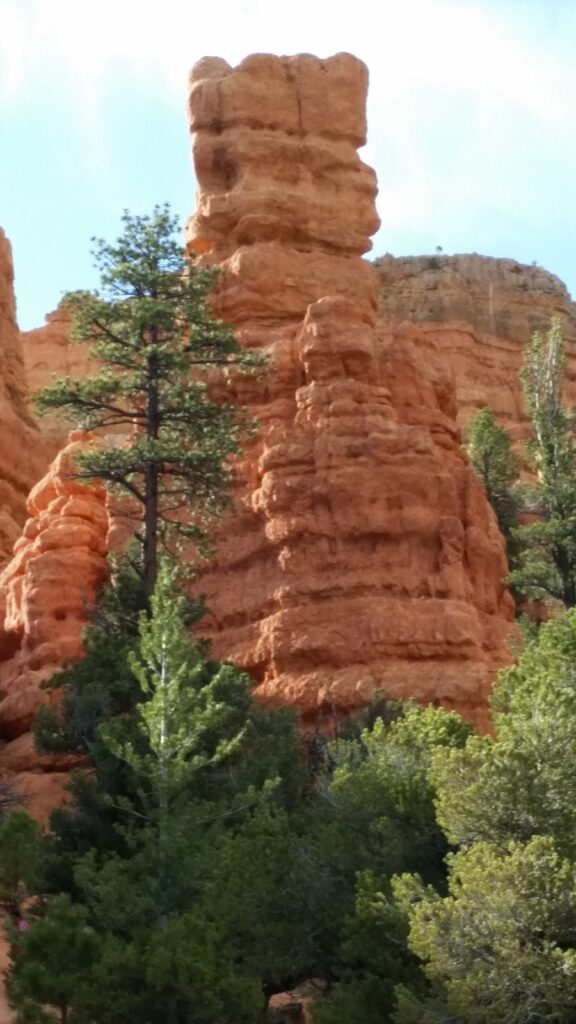
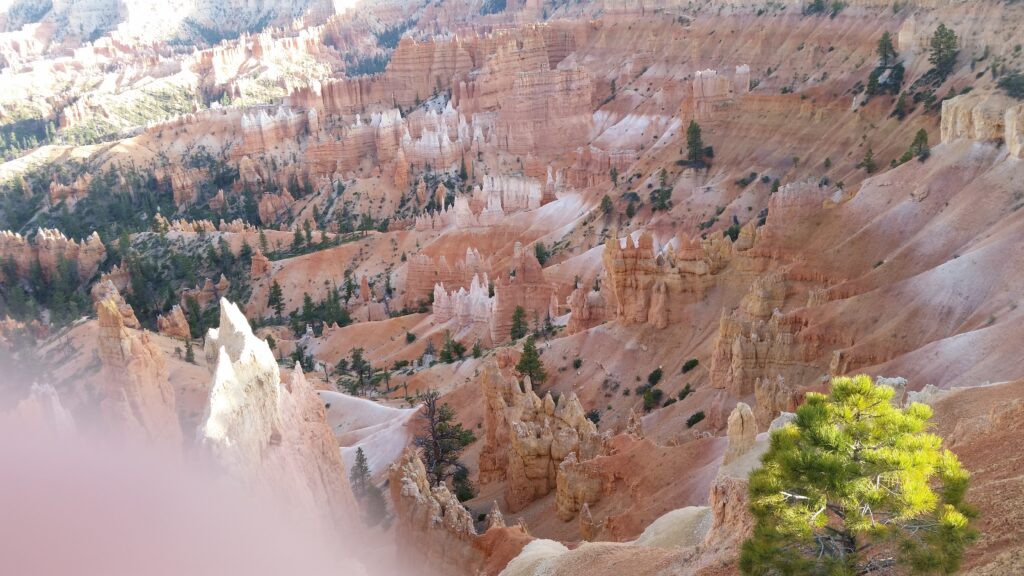
The central allure of Bryce Canyon National Park resided in a spectacle that bordered on the surreal—the assembly of thousands of hoodoos. These hoodoos were no ordinary rock formations; they defied conventional description. Each one seemed like a piece of nature’s artwork, meticulously sculpted over countless eons by the relentless forces of erosion. Standing tall and proud, these intricate sculptures resembled ancient sentinels, silently guarding the secrets of time and geology.
What made these hoodoos truly remarkable was their whimsical shapes, a testament to the boundless creativity of nature itself. They appeared as if nature had engaged in a playful game of artistic expression, constructing forms that challenged the imagination. Walking among them was akin to stepping into an otherworldly playground, a realm where gravity-defying towers and delicate spires stretched towards the heavens.
Some hoodoos seemed to defy gravity entirely, balancing precariously on slender pedestals, their shapes resembling exotic, otherworldly beings frozen in stone. Others appeared like enchanted castles from a fairy tale, their spires reaching skyward with an almost ethereal grace. The colors of the rocks, ranging from soft pastels to fiery reds and oranges, added to the mesmerizing allure of this geological wonderland.
As I wandered amidst these geological wonders, I could not help but feel as if I had stepped into a realm where reality and fantasy intertwined. It stood as a place where it appeared that the rules of time and space had suspended, and where nature’s artistry took center stage. The hoodoos of Bryce Canyon were not just rocks; they were living sculptures, a testament to the immense power of erosion and the enduring creativity of the natural world. As the sun gracefully dipped below the horizon, an extraordinary transformation unfolded before my eyes. The amphitheater of hoodoos, bathed in the soft, warm hues of twilight, seemed to come alive with a fiery glow. The rocks, once muted by the daylight, now blazed with an ethereal radiance. Shadows, long and sinuous, danced across the amphitheater’s contours, casting a mesmerizing spell that held me in rapt fascination.
It was a moment when the ordinary boundaries of time and space seemed to blur, as if I had stepped into the realm of dreams. The transition from day to night was a theatrical performance orchestrated by nature itself, and I was fortunate to be among the captivated audience.
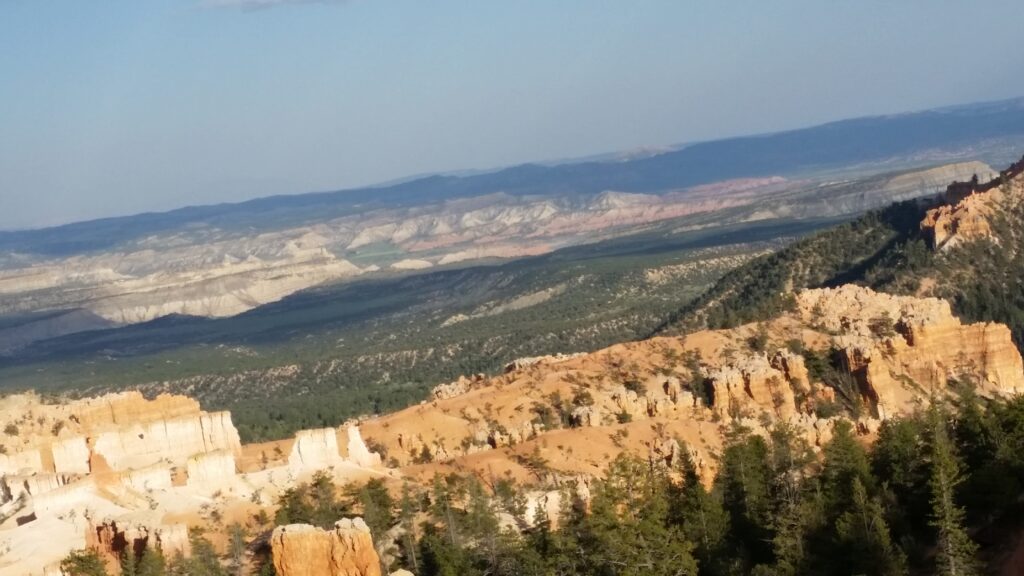
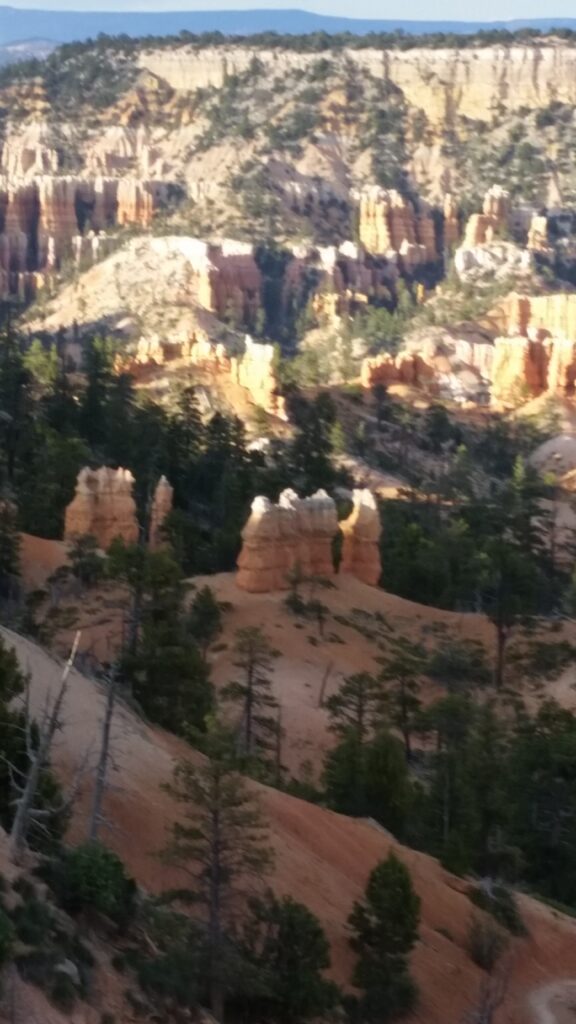
As the day gave way to the night, the stars emerged, one by one, in the ink-black canvas of the sky, adding their own celestial brilliance to the spectacle. Gazing upwards, I felt a profound sense of connection to the cosmos, as if I had become a part of this ancient and ongoing cosmic dance.
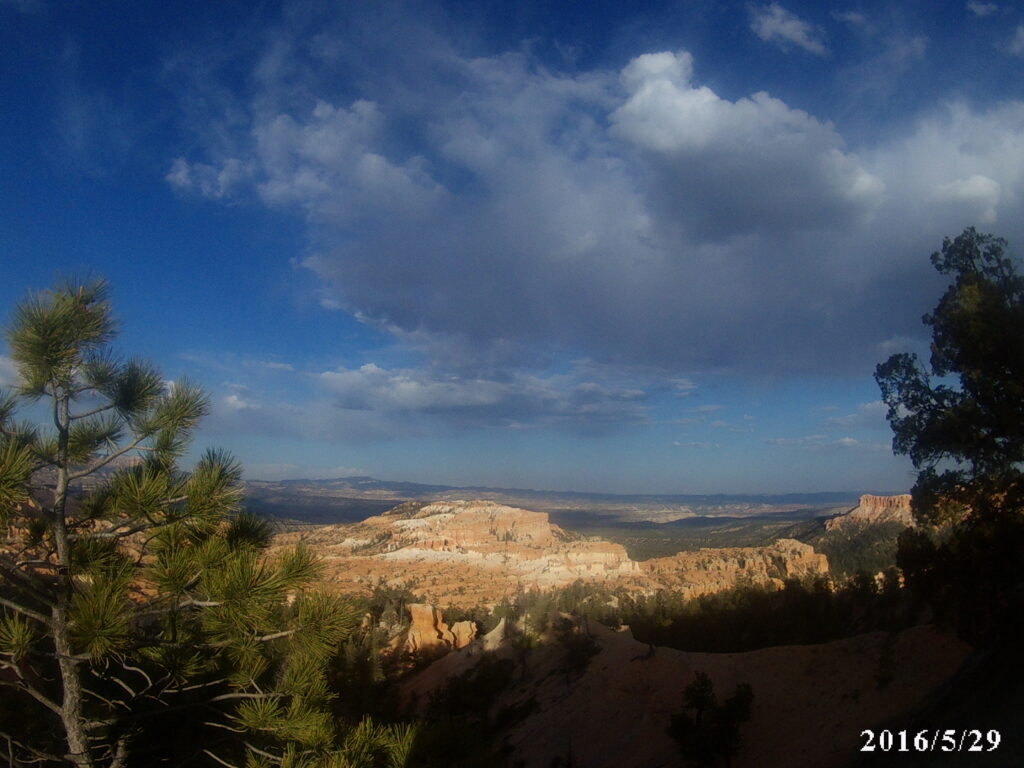
My journey from Zion National Park to Bryce Canyon was a pilgrimage through landscapes that seemed to defy both logic and imagination. It was a journey that conveyed the enduring beauty of the Earth and its profound capacity to humble and inspire. In the canyons of Zion and the hoodoos of Bryce, I discovered a spiritual connection with nature that transcended words—a connection that has left an indelible mark on my soul, a testament to the power and magic of the American Southwest’s natural wonders.






